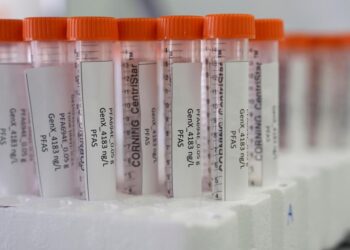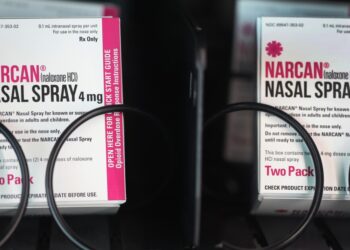The idea seems simple enough.
Preserve all the rituals of smoking: Light up a cigarette, inhale the smoke, including the nasty stuff that can kill you, and exhale. But remove most of the nicotine, the chemical that makes tobacco so darn hard to quit, to help smokers smoke less.
The Food and Drug Administration has been contemplating that strategy for at least six years as one way to make it easier for smokers to cut back, if not quit entirely. Less than two years ago, it authorized 22nd Century Group, a publicly traded plant biotech company based in Buffalo, New York, to advertise its proprietary low-nicotine cigarettes as modified-risk tobacco products.
Now, the first authorized cigarettes with 95% less nicotine than traditional smokes are coming to California, Florida, and Texas in early July, after a year of test-marketing in Illinois and Colorado. It’s part of an aggressive rollout by 22nd Century that, by year’s end, could bring its products to 18 states — markets that together account for more than half of U.S. cigarette sales.
But anti-smoking groups oppose greenlighting 22nd Century’s products. Instead, they urge federal regulators to expand on their original plan of setting a low-nicotine standard for all combustible cigarettes to make them minimally or nonaddictive. They expect the FDA to take the next step in that industrywide regulatory process as early as this fall.
“Unless and until there is a category-wide requirement that nicotine goes down to low, nonaddictive levels, this is not going to make a difference,” said Erika Sward, a spokesperson for the American Lung Association.
Major tobacco companies Altria, R.J. Reynolds, and ITG Brands did not respond to requests for comment.
Cigarette smoking is estimated to cause more than…
Read the full article here







